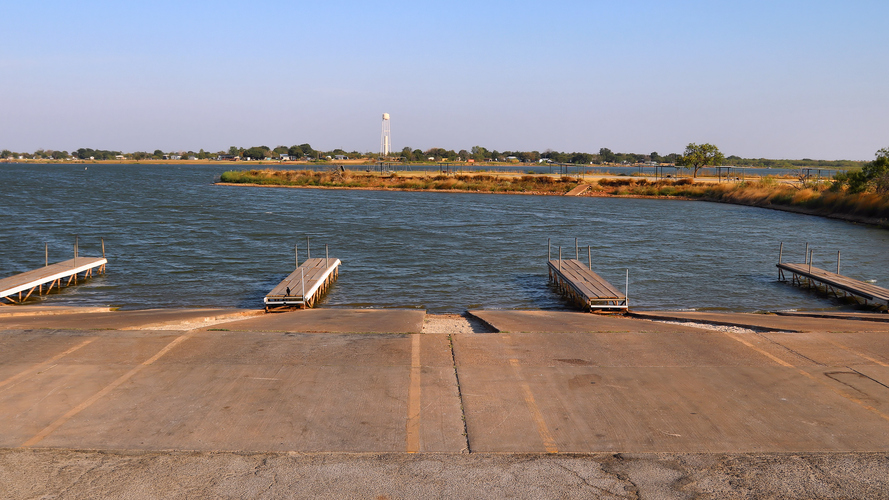Lake Arrowhead, nestled in the San Bernardino Mountains of California, was formed through a combination of geological processes and human intervention. The area’s tectonic activity, sediment deposition, and the construction of a dam on Little Bear Creek in the early 20th century all played crucial roles in its creation. This man-made lake, surrounded by alluvial-fan deposits and terraces, has become a significant recreational and residential area, supported by various water sources and a diverse ecosystem.
What Geological Processes Led to Lake Arrowhead’s Formation?

The formation of Lake Arrowhead involved several geological processes:
- Tectonic Activity:
- The San Bernardino Mountains block experienced significant uplift and folding.
- Influenced by the San Gorgonio Pass fault zone and other structural elements.
-
Resulted in the shaping of sedimentary and metamorphic rocks in the region.
-
Sediment Deposition:
- Characterized by alluvial-fan deposits and terraces.
- Formed through repetitive aggradation and degradation processes.
-
Deposits consist of poorly sorted cobble-boulder gravel and gravelly sand.
-
Human Intervention:
- Construction of a dam on Little Bear Creek in the early 20th century.
- Created a reservoir for recreational and residential purposes.
What Is the Timeline of Lake Arrowhead’s Geological History?

The geological history of Lake Arrowhead spans millions of years:
| Epoch/Period | Events |
|---|---|
| Pleistocene and Holocene | Significant glacial activity in San Bernardino Mountains |
| Miocene to Pliocene | Formation of Crowder Formation and other sedimentary units |
| Quaternary | Continued tectonic activity and alluvial deposition |
| Early 20th Century | Construction of dam on Little Bear Creek |
Key events in each period:
- Pleistocene and Holocene:
- Extensive alluvial accumulation
-
Formation of nested alluvial-fan deposits
-
Miocene to Pliocene:
- Juxtaposition of formations by Squaw Peak thrust fault
-
Development of complex geological setting
-
Quaternary:
- Development of San Gorgonio Pass fault zone
-
Formation of terraces along streams and rivers
-
Early 20th Century:
- Human intervention to create Lake Arrowhead
- Alteration of local hydrology and ecosystem
What Are the Primary Water Sources for Lake Arrowhead?
Lake Arrowhead is fed by several water sources:
- Little Bear Creek:
- Primary surface water source
-
Flow regulated by the dam
-
Groundwater:
- Likely contributes to maintaining water levels
-
Exact underground aquifers not specified
-
Precipitation:
- Direct contribution to lake’s water levels
- Significant snowfall during winter months
How Did the Ecosystem Develop Around Lake Arrowhead?
The ecosystem around Lake Arrowhead has developed in harmony with its geological and hydrological features:
- Habitat Types:
- Mixed conifer forests
- Chaparral
-
Riparian habitats
-
Flora:
- Pine, fir, and oak trees
-
Chaparral vegetation (scrub oak, manzanita)
-
Fauna:
- Mammals: deer, bears
- Various bird species
-
Introduced fish species for recreational fishing
-
Ecosystem-Geology Interaction:
- Alluvial-fan deposits and terraces provide habitat diversity
- Lake water levels and quality influenced by surrounding vegetation and wildlife
What Role Did Human Intervention Play in Lake Arrowhead’s Formation?
Human intervention was crucial in the formation of Lake Arrowhead:
- Dam Construction:
- Built on Little Bear Creek in the early 20th century
-
Created the artificial lake
-
Purpose:
- Developed for recreational and residential use
-
Altered the natural landscape and hydrology
-
Impact:
- Changed local ecosystem
- Created new habitats for aquatic life
- Established a stable water source for the area
How Does Lake Arrowhead’s Formation Affect Its Current Use?
The formation of Lake Arrowhead has significant implications for its current use:
- Recreational Activities:
- Boating, fishing, and swimming opportunities
-
Surrounding forests provide hiking and camping areas
-
Residential Development:
- Lakeside properties and communities
-
Attraction for both permanent residents and vacationers
-
Water Resource Management:
- Regulated water levels for consistent use
-
Challenges in maintaining water quality and quantity
-
Economic Impact:
- Tourism-driven local economy
-
Property values influenced by lake’s presence
-
Environmental Considerations:
- Balancing human use with ecosystem preservation
- Ongoing efforts to maintain water quality and wildlife habitats
The formation of Lake Arrowhead through geological processes and human intervention has created a unique environment that continues to shape its use and management today. Understanding its formation is crucial for sustainable development and conservation efforts in the area.
References:
1. Geology of the San Bernardino National Forest
2. Origin of the Arrowhead Landmark near San Bernardino, California
3. Geology of the Imperial Valley California
